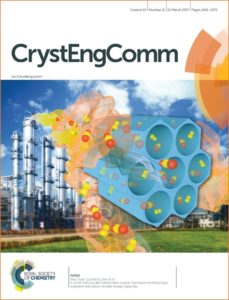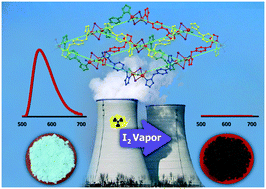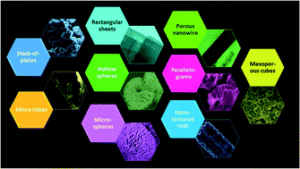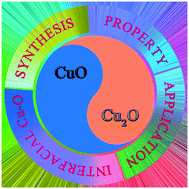The capability of the natural environment to absorb the waste products of human enterprise and industry is being put under great strain by the growth in the world’s population and economy. Environmental remediation – the decontamination of soil, air, and water – and waste stream treatment are of the highest priority.
From carbon dioxide capture by MOFs and other porous materials, to the photocatalytic degradation of organic pollutants by crystalline nanomaterials, our new post-publication collection showcases recent work that demonstrates how Crystal Engineering is being applied to solve one of humanity’s most pressing challenges.
Here are a selection of the articles and ‘Highlight’ reviews included in the collection:
Articles
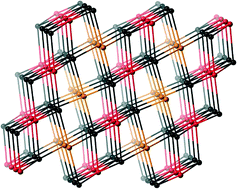 |
CrystEngComm, 2017,19, 4368-4377 10.1039/C7CE01012E
|
Highlights
Metal–organic frameworks with Lewis acidity: synthesis, characterization, and catalytic applications
| CrystEngComm, 2017,19, 4066-4081
10.1039/C6CE02660E In this highlight, we review the recent development in the design and synthesis of metal–organic frameworks with Lewis acidity, the characterization techniques of Lewis acid sites, and their applications in heterogeneous catalysis. |
| CrystEngComm, 2017,19, 6913-6926
10.1039/C7CE01755C |
Hollow CuxO (x = 2, 1) micro/nanostructures: synthesis, fundamental properties and applications
| CrystEngComm, 2017,19, 6225-6251
10.1039/C7CE01530E In this review, we comprehensively summarize the important advances in hollow CuxO micro/nanostructures, including the universal synthesis strategies, the interfacial Cu–O atomic structures as well as the intrinsic properties, and potential applications. Remarks on emerging issues and promising research directions are also discussed. |
See the full collection here.
Submit your research or reviews on crystal engineering of materials for environmental applications to CrystEngComm – see our author guidelines for information on our article types or find out more about the advantages of publishing in a Royal Society of Chemistry journal.


